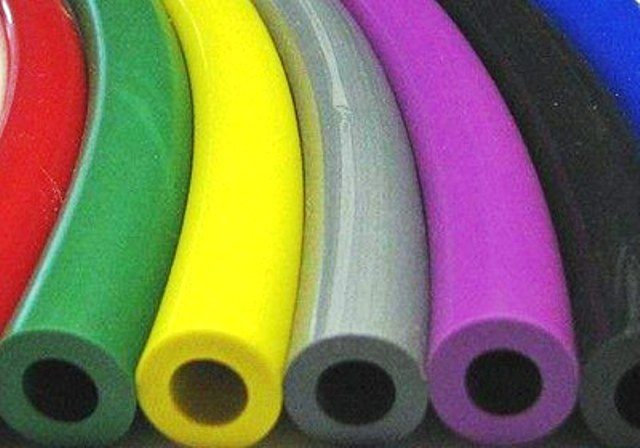WASHINGTON — Using rubbery materials, scientists at the University of Houston have successfully created a new form of stretchable electronics that holds promise in health monitors, medical implants and artificial skins.
In a paper published this week in the journal Science Advances, the researchers described “a completely new strategy” to develop electronic materials that can be stretchable and in format similar to rubbers.
“Conventional electronics materials, especially semiconductors, are brittle and non-stretchable. To enable mechanical stretchability, a ‘structure engineering’ strategy of creating mechanical architectures, such as wavy, serpentine, kirigami, etc., have generally been employed,” said author Cunjiang Yu, assistant professor at the
University of Houston, who led the study.
“However, such a strategy is associated with complex structure design and fabrication, reduced structural stability, and high cost,” said Yu.
In their work, Yu and his team developed a naturally stretchable rubber nanocomposite made from all elastomeric materials, including silicone rubber and organic semiconducting nano-fibrils.
On this basis, rubbery transistors — a fundamental building block for circuits — and rubbery sensors capable of measuring strain, pressure and temperature have been successfully fabricated. Lab testing showed that they remained functional while stretched by 50 percent.
“Our strategy has the advantages in simple fabrication, scalable manufacturing, high-density device integration, large strain tolerance, robustness, and low cost,” said Yu.
To illustrate some of the promising applications, the researchers explored use of their sensors as smart skins for robots by incorporating them onto a glove to enable sign language translation.
A temperature sensing skin implemented on the robot hand also detected the temperature of cups filled with hot or cold water.
“Such a class of rubbery electronics and sensors represent the drastic advancements in electronic materials and soft stretchable electronics, and will impact the future development in soft wearable electronics and a broad range of application areas,” Yu said.










